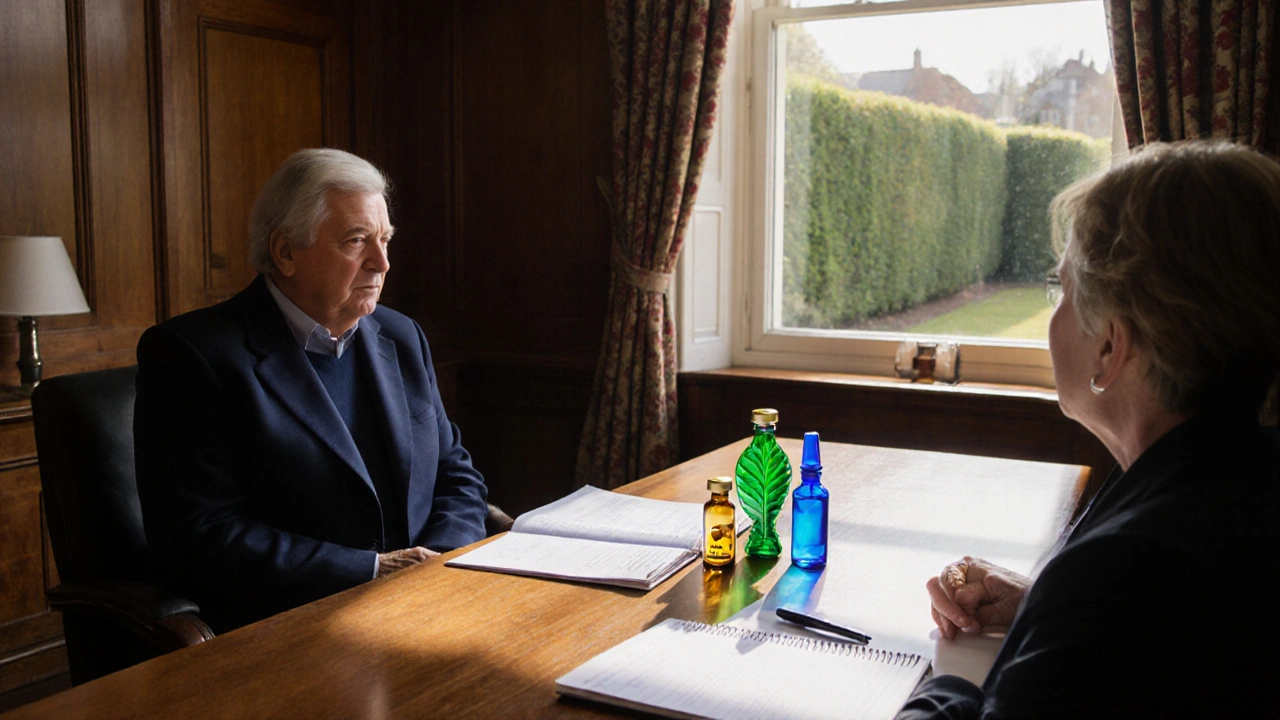Actigall: Your Quick Guide to Dissolving Gallstones
Got a gallstone diagnosis and the doctor mentioned a pill called Actigall? You’re not alone. Many patients wonder if a tablet can really melt stones away. The short answer: yes, but only under the right conditions. This guide breaks down what Actigall does, how to take it, and what to watch for, so you can decide if it’s right for you.
How Actigall Works
Actigall’s active ingredient is ursodiol, a naturally occurring bile acid. It changes the makeup of your bile, making it less likely to form solid stones. Think of it as softening the cement that holds the stones together, allowing them to break down gradually. The process can take weeks or months, depending on stone size and composition.
Dosage, Safety, and What to Watch For
The usual dose for most adults is 300 mg twice a day, taken with food. Your doctor may adjust the amount if you have liver issues or if the stones are particularly large. Stick to the schedule—missing doses can slow down the dissolving process.
Side effects are generally mild. Some people feel stomach cramps, nausea, or diarrhea in the first few days. If you notice severe abdominal pain, fever, or yellowing of the skin, stop the medication and call your doctor right away. Those symptoms could signal a blocked bile duct, which needs urgent care.
Actigall isn’t a cure‑all. It works best on cholesterol gallstones that are under 15 mm and located in the gallbladder, not the bile ducts. An ultrasound will tell your doctor whether your stones fit the bill. If they’re made of pigment or are too big, surgery might still be the best option.
While you’re on Actigall, keep a balanced diet low in saturated fat and cholesterol. Fatty meals can trigger gallbladder attacks, making the medication less effective. Drinking plenty of water helps your body flush out the dissolved cholesterol fragments.
One practical tip: set a reminder on your phone to take the pill at the same times each day. Pairing it with breakfast and dinner makes it easier to stay consistent. If you forget, take the missed dose as soon as you remember—unless it’s almost time for the next one, then skip the missed dose and continue as normal.
Some patients wonder if they can stop Actigall once the stones disappear. The answer is usually no; doctors recommend continuing the medication at a lower maintenance dose to prevent new stones from forming. Ask your doctor for a follow‑up ultrasound after six months to see if the stones are gone and to decide the next steps.
In short, Actigall offers a non‑surgical route for the right kind of gallstone. It’s most effective when you follow the dosage, keep an eye on side effects, and adopt a gall‑friendly diet. Talk to your healthcare provider, get the right imaging, and decide if this pill fits your treatment plan.
Actigall (Ursodiol) vs. Alternatives: A Practical Comparison
A detailed side‑by‑side comparison of Actigall (Ursodiol) with chenodiol, obeticholic acid, surgery and watchful waiting, covering effectiveness, side effects, costs and how to pick the right option.
